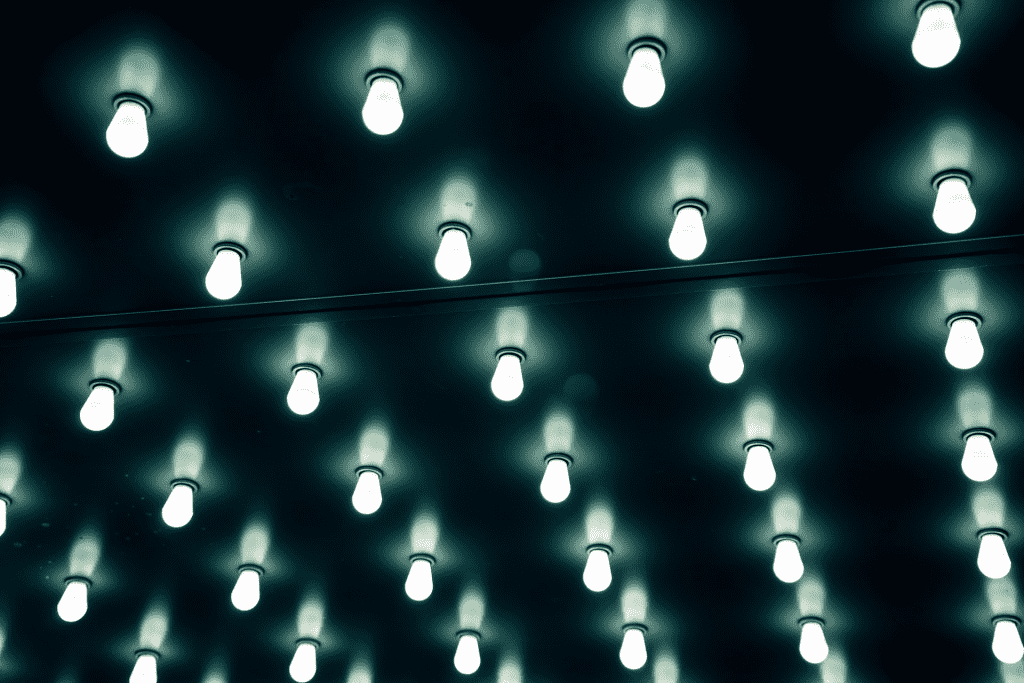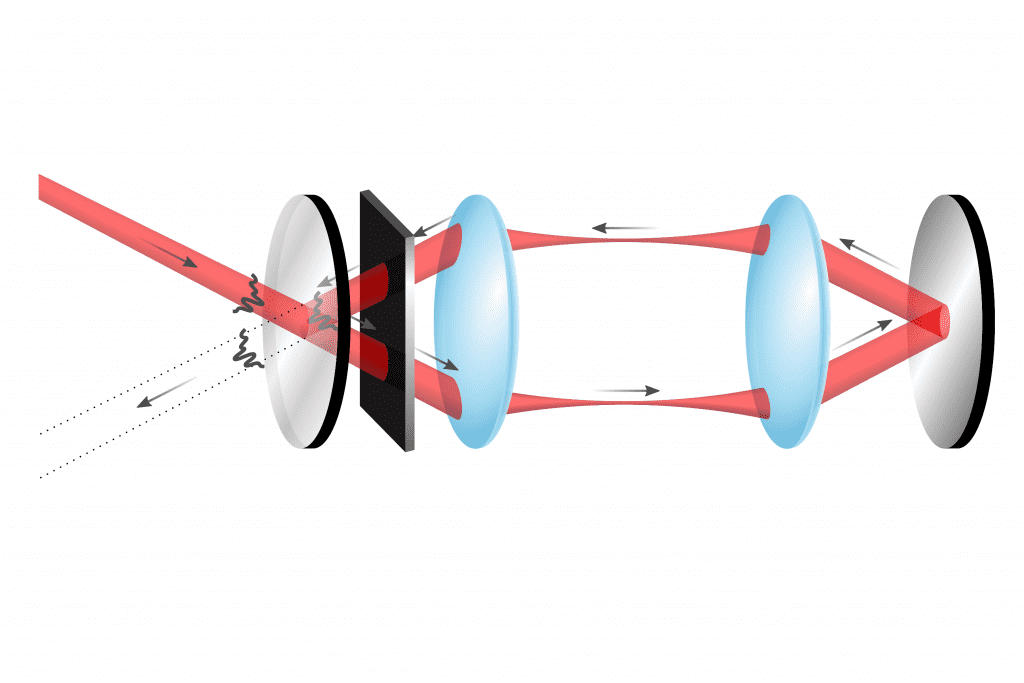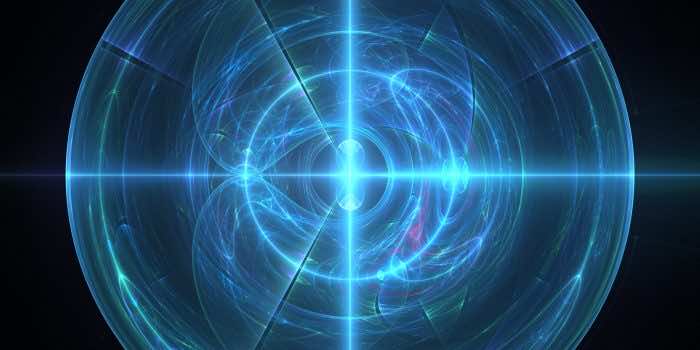A team of researchers from the Hebrew University of Jerusalem and Vienna University of Technology (TU Wien) achieved a breakthrough as they managed to revive the idea of confining energy in the form of light. Although scientists used to trap energy in the form of heat, electric charge, and sometimes in the form of light as well, this novel technique is a perfect way to trap light as the approach focuses on absorbing light energy through very thin and weak mediums. The research has been published in the journal Science.

In order to make it happen, researchers have stepped up to build a small cavity around the medium. The aim behind constructing this cavity is to block any possible means through which light can escape and to make it fully absorbed in the medium. Stefan Rotter, one of the authors of the study and a physics professor at TU Wien, said, “In our work, we show how this process can be implemented very efficiently; specifically, we demonstrate that laser light of any shape can be fully absorbed even by a very weakly absorbing medium such as a thin film or a weakly tainted piece of glass.”

One of the most interesting things to note is that light energy has to transition from another form of energy before converting into light completely. Let’s say, the light you experience while using your smartphone comes from the battery. In the battery, it is stored in the form of chemical energy, and with the help of a circuit board, it finally becomes converted into light energy, which you will then be able to see on your LCD screens. Considering this, Professor Rotter said, “From the absorption of radiation by plants to the detection of light in your cell phone camera, the energy carried by light waves or “photons” needs to be converted into other forms of energy to be exploitable.”

The cavity that has been designed by the researchers has been supported with different mirrors as well as lenses that surround the thin medium. The crux of the technique is that they have positioned the mirrors and lenses in such a way that as soon as light enters the cavity, it starts moving in a circular path that eventually makes it difficult to leave the medium, and finally all of the light becomes trapped in the medium efficiently. Researchers said, “The first mirror in the light trap is kept partially transparent so that light can enter the cavity. However, light could also escape via the same mirror. “
Speaking about the limitations of this method, Professor Stefan said, “Our device only works at a single frequency of the incoming light. We are currently working on an extension to a more broad-band design.”


